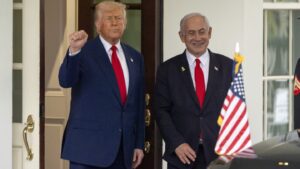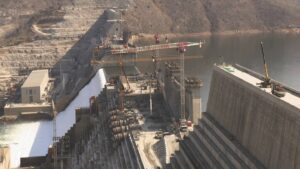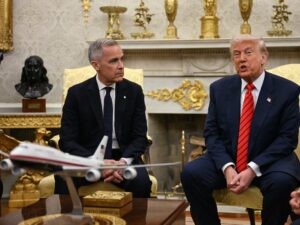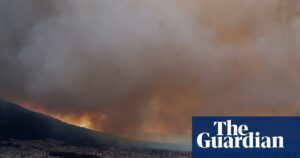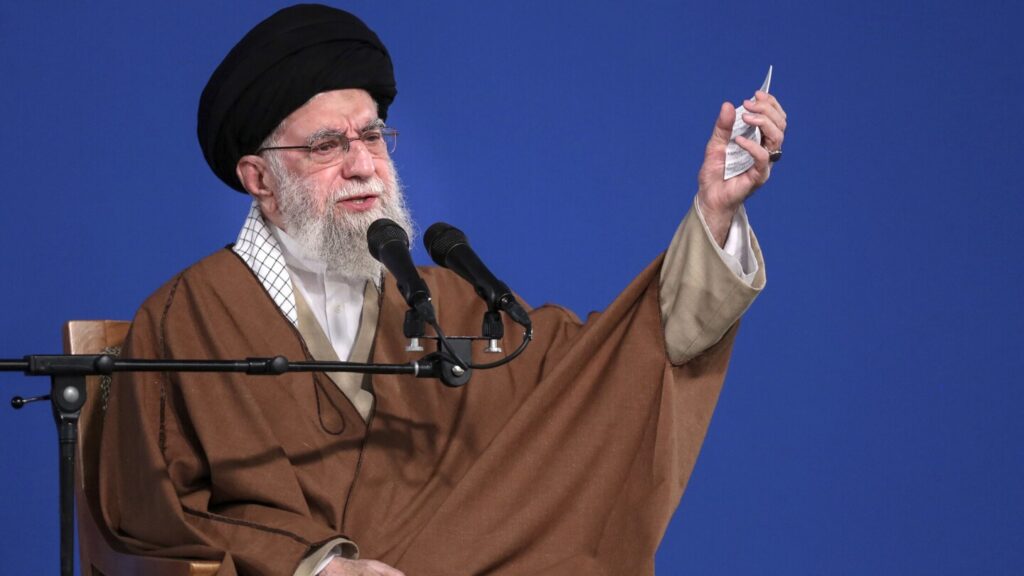
CAIRO (AP) — Ayatollah Ali Khamenei, Iran’s supreme leader for over three decades, confronts his most formidable challenge yet amid escalating tensions with Israel.
Immediate Impact
Khamenei’s longtime adversary, Israel, has intensified its air campaign, targeting Iran’s military leadership and nuclear program. The situation has reached a critical juncture, with Israeli Defense Minister Israel Katz declaring that Khamenei “cannot continue to exist.”
Key Details Emerge
The 86-year-old leader faces a pivotal decision: escalate retaliation against Israel, risking further devastation, or pursue diplomacy to avoid U.S. involvement, potentially sacrificing Iran’s nuclear ambitions.
“The Iranian nation is not one to surrender,” Khamenei asserted in a defiant video address, warning of “irreparable damage” if the U.S. intervenes.
Transformation of the Islamic Republic
Ascending to power in 1989, Khamenei overcame skepticism about his leadership, succeeding the revered Ayatollah Ruhollah Khomeini. Despite lacking religious credentials and charisma, Khamenei has ruled longer than his predecessor, dramatically shaping Iran’s Islamic Republic.
Entrenchment of Clerical Rule
Khamenei solidified the rule of Shiite Muslim clerics, securing his authority among hardliners. He empowered the Revolutionary Guard, turning it into a dominant military and political force in Iran.
The Revolutionary Guard oversees Iran’s ballistic missile program and supports the “Axis of Resistance,” extending Iran’s influence from Yemen to Lebanon.
Fending Off Domestic Challenges
Khamenei faced internal threats from reform movements advocating for greater power to elected officials. He countered these by rallying the clerical establishment, stifling reforms, and barring reformist candidates from elections.
Crackdown on Protests
The Revolutionary Guard and security forces suppressed waves of protests, including the 2009 election unrest and economic protests in 2017 and 2019. The 2022 protests over Mahsa Amini’s death highlighted public discontent with clerical rule.
Hundreds were killed in crackdowns, with reports of detainees tortured or raped, exposing the strains within Iran’s theocracy.
Building a Regional Power
Under Khamenei, Iran emerged from its war with Iraq as a regional power. The 2003 U.S. ouster of Saddam Hussein enabled Iranian-allied Shiite groups to gain influence in Iraq, strengthening Iran’s regional axis.
Strategic Alliances
Iran’s alliances with Syria’s Bashar Assad, Lebanon’s Hezbollah, Hamas, and Yemen’s Houthis expanded its regional reach, positioning Iran near Israel’s borders by 2015.
Recent Reversals
However, the past two years have seen setbacks. The October 7, 2023, attack by Hamas on Israel triggered a massive Israeli retaliation and a strategic shift. Israel is now focused on neutralizing Iran’s allies.
Israel’s campaign has significantly weakened Hamas and Hezbollah, while the fall of Syria’s Assad in December marked a major blow to Iran’s regional influence.
What Comes Next
The current situation leaves Iran’s “Axis of Resistance” at its weakest. Khamenei’s next moves will be critical as he navigates these unprecedented challenges, balancing domestic stability with regional ambitions.
The evolving geopolitical landscape presents both risks and opportunities for Iran’s leadership as they seek to maintain influence and stability in a volatile region.
